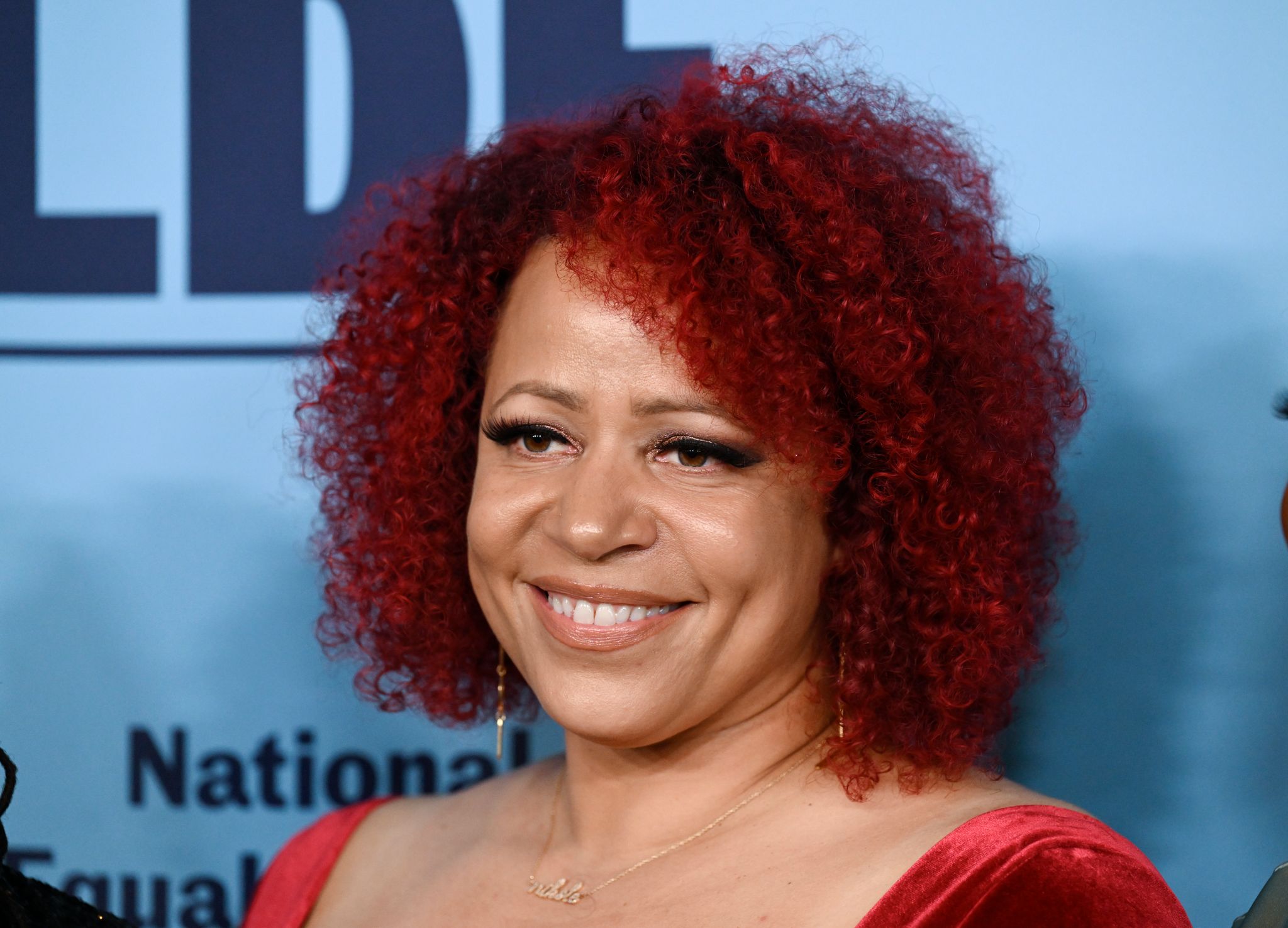It was nearly a year ago — early August 2021 — that The Washington Post launched something called the Next Generation initiative. The plan, as the Post put it, was “to accelerate the acquisition of younger and more diverse audiences through new products, practices and partnerships.”
Sounds smart and ambitious and totally makes sense. What news outlet — particularly a newspaper — wouldn’t want to attract new, younger and more diverse audiences? Of course, it’s easy to say such grand things in planning meetings, but the Post genuinely seems committed to it.
Earlier this week, I spoke with Phoebe Connelly, who is the Post’s director of Next Generation Audiences. And my first question was who, exactly, is the next generation? High school kids, maybe college-age or 20-somethings? The answer surprised me.
“I’m thinking about ‘younger’ as being anyone under the age of 45,” Connelly told me.
It just goes to show the work that the Post — and others — have ahead of them trying to reach new audiences, while keeping older consumers who are a big part of its core audience. You would also guess — at least I did — that Connelly and her team of nine might get resistance from older editors and decision-makers who are used to doing things in a more, shall we say, traditional way.
But Connelly has found she and her team have been “welcomed with open arms” across the entire company. They’re included in meetings, asked to run workshops, and invited to work on various projects. When she was asked to take the job, one of the first conversations she had was with Sally Buzbee, who had just taken over as The Washington Post’s executive editor. Buzbee’s message to Connelly: Please take this job because the Post needs this.
“If anything, we’ve been kind of strapped with everyone who wants us to come work with them,” Connelly said. “Sometimes we have too many requests coming in.”
The Next Gen team is a cross-functional team with people working all across the company from the newsroom to the product team to analytics to marketing — all, as Connelly puts it, “working together to make sure we’re making connections across the whole company and that we’re learning, investing and experimenting across the entire company.”
This is more than just sharing the Post’s work on social media.
For example, there are those who might see a Post story on, say, Instagram. What the Post has learned is that, yes, someone might see a story on Instagram, but then they’ll search for more about the story and that’s how they end up reading or watching or listening to the Post’s coverage.
“It’s not enough to just be on social media,” Connelly said, “we also need to be sure that when the audience goes to dig deeper that we’ve optimized our reporting and our journalism for search.”
Or take this example. Neema Roshania Patel, editor of the Next Generation Audience Development team, recently published a column for Poynter about journalists diversifying their sources. That column came out of a workshop run by the Next Gen team.
“Success to me is when I’m sitting in a meeting and I hear somewhere share a research finding or a form of reporting or type of storytelling that comes from a workshop we did with them or research that we did or a skill-share that we did,” Connelly said.
She added that it’s even OK if they don’t credit the Next Gen team because Connelly then knows that it has become part of the ethos at the Post, part of how they just do their journalism.
And here’s another example. Just this week, the Post listed four new job openings on the politics team — openings that came from the suggestion of the Next Gen team.
“How they do their work and how they’re measuring success — that’s the Next Gen piece of it,” Connelly said. “But the goal is doing the best-in-class political reporting that The Washington Post is known for.”
She continued, “These jobs are just recognizing a reality that most of our politics team and politics reporters across the industry already know, which is that connecting with our audiences in real time on the platforms where they’re spending time is part of the work of journalism.”
Most Post journalists already get it and are doing that kind of work and, Connelly said, the Next Gen team’s job is to amplify it.
Of course, there’s more to all this than just tweeting out a story or posting something on TikTok. Connelly’s job is to not only figure out how to reach new audiences now, but in the future when there could be platforms that haven’t even been invented yet. After all, who could’ve imagined how impactful Instagram or TikTok would have been on journalism as recently as just a few years ago?
“That’s the exciting part,” Connelly said.
The Highland Park shooting
Some of the stories coming out of the mass shooting in Highland Park, Illinois, are just heartbreaking, especially the 2-year-old boy whose parents were killed. Greg and Dana Ring attended the parade and were handed the toddler during the chaos of people fleeing the scene. Dana told ABC’s “Good Morning America,” “Every time I tried to ask him what his name was, the response he gave to me was, ‘Mama, Dada come get me soon. Mommy’s car come to get me soon.”
USA Today editor-in-chief Nicole Carroll wrote a powerful column: “Covering mass shootings has become routine — and endless. But it doesn’t get easier.” I was going to quote some of it, but picking apart certain passages really doesn’t do the column justice. It needs to be read in its entirety.
Here is some more important journalism in the aftermath of Monday’s shooting:
- The Associated Press’ Michael Tarm and Brynn Anderson with “Gun violence in America: A long list of forgotten victims.”
- The Marshall Project’s Anastasia Valeeva, Wendy Ruderman and Katie Park with “What You Need to Know About the Rise in U.S. Mass Shootings.”
- Adam Sherman, a 30-year-old who grew up near Highland Park, attended the parade with his family. He told his story to Slate’s Hannah Docter-Loeb in a first-person account: “I Am Never Going to Not Have Experienced It.”
- NBC News’ Elisha Fieldstadt with “9-year-old girl who was at Highland Park parade shooting now can’t sleep, is scared by loud noises.”
- Washington Post columnist Paul Waldman with “Conservative media try to divert blame for Highland Park massacre.”
Moved on

Nikole Hannah-Jones. (Evan Agostini/Invision/AP)
It was exactly one year ago Wednesday that Nikole Hannah-Jones — the Pulitzer Prize-winning force behind The New York Times’ 1619 Project — walked away from a faculty appointment at the University of North Carolina’s Hussman School of Journalism. Part of the reason was the school’s long delay in including tenure in the job offer. Faculty at the school signed an open letter at the time calling the delay “appalling” and “frankly racist.”
Hannah-Jones turned down UNC and, instead, started a center for investigative journalism at Howard University.
Poynter media business analyst Rick Edmonds gives us an update in his piece, “A year after UNC’s journalism school lost Nikole Hannah-Jones, the fallout continues.” In an email, Hannah-Jones told Edmonds, “A year later, I am just grateful for the opportunity to be at Howard University and to be building an important institution as our democracy sits in peril.”
Edmonds has much more on all the fallout in his interesting story.
Oh the joy
There have been rumors that Joy Behar was going to be stepping down from her co-hosting gig on ABC’s “The View” when her contract expired this summer. Actually, Behar, who turns 80 in September, can be partly blamed for those rumors. Back in 2020, she hinted that she couldn’t see herself staying after her current contract expired.
But her rep tells the New York Post’s Andrew Court that Behar is staying on and that she just signed a new three-year deal. Court wrote, “It’s unclear how much money ABC forked over for Behar, although it’s likely that it’s paying the controversial comedian a handsome, eight-figure sum.”
Hot type
- From the campaign trail to suicide watch, a rising politician and former Army captain dropped out of the race to battle PTSD. Jason Kander talks with CNN’s Brianna Keilar.
- For The Atlantic, Ian Bogost with “Hybrid Work Is Doomed.”
- Looking for summer reading material? Check out this from Politico: “From Chelsea Clinton to David Petraeus, Here’s What Politicos Are Reading This Summer.”
Have feedback or a tip? Email Poynter senior media writer Tom Jones at tjones@poynter.org.
More resources for journalists
- Hiring? Post jobs on The Media Job Board — Powered by Poynter, Editor & Publisher and America’s Newspapers.
- A Journalist’s Guide to Covering Jails — Pennsylvania (In-person Seminar) July 28 — Apply by July 8.
- Executive Leadership Summit (Seminar) Sept. 19-21 — Apply by July 15.
- Poynter Producer Project (In-person and Online seminar) — Sept. 12-24. Apply by Aug 2.
The Poynter Report is our daily media newsletter. To have it delivered to your inbox Monday-Friday, sign up here.







